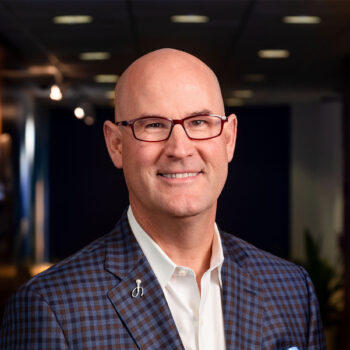
Stan Phelps, an author and speaker, uses color symbolism in his ‘The Goldfish’ series to represent marketplace dynamics. He suggests goldfish as a metaphor for market growth, emphasizing the importance of internal growth in a business. Stan advises companies to differentiate themselves from competitors through unique characteristics and stresses the importance of managing remote teams and setting clear expectations. He underscores the role of purpose and intent in delivering superior customer experiences, advocating for small, value-driven actions and balanced messaging to build trust without seeming inauthentic.
Key Takeaways:
[05:23] Stan Phelps shares the difficulty organizations face, emphasizing differentiating through the “why” and “how” of their operations. Customer experience becomes paramount, asserting that a brand is now defined by customer perceptions and recommendations. He advises centers on providing added value and ensuring a streamlined, low-maintenance experience for customers. This approach, derived from studying numerous organizations, is likened to a dating theory of seeking high value and low maintenance. He also suggests strategic brand strategies as a means of standing out in the marketplace.
[09:46] He emphasizes the interdependence of brand, customer, and employee experiences, prioritizing employees for a positive workplace culture. Stan mentions that engaged and happy employees are crucial for creating enthusiastic customer advocates. He also introduces the concept of the “Green goldfish,” symbolizing that, especially for younger generations, monetary compensation is important but not the sole focus. Beyond financial rewards, creating an environment that fosters a sense of belonging and personal growth is deemed crucial for employee satisfaction and career fulfillment.
[16:36] Stan Phelps emphasizes that effective leaders grant freedom and flexibility while managing expectations and establishing guardrails to ensure a unified direction. Acknowledging the benefits of flexibility for both employees and the company, he suggests finding a balance by setting boundaries. Additionally, regarding compensation, Stan advises against solely focusing on this factor, emphasizing the importance of a holistic approach to employee satisfaction, including onboarding and continuous support in their new roles.
[18:51] He acknowledges that in the era of remote work via Zoom, the challenge for leaders is to cultivate company culture when physical presence is limited. He proposes a nuanced approach, suggesting occasional in-person gatherings, balancing mindful togetherness with individual flexibility. Stan highlights the importance of these moments for fostering serendipity, mentoring opportunities, and strengthening bonds.
[21:22] Stan Phelps draws parallels between the growth factors of goldfish and organizations, highlighting five key reasons for their growth. Firstly, the size of the bowl or pond correlates with the market size in business—the larger the market, the greater the growth potential. Secondly, growth is impacted by the number of competitors, with an inverse relationship—fewer competitors often lead to more growth. The third factor, previously challenging but influenced by external events, is the quality of the surrounding environment, akin to economic factors in business. The fourth reason relates to a goldfish’s early months, mirroring an organization’s critical initial period. Lastly, he mentions the large number of siblings a baby goldfish has, connecting it to organizational growth dynamics.
[25:38] He explores the human dynamic of intent and competence, explaining that people instinctively assess others by asking two questions: the intent towards them (friend or foe) and the ability to carry out that intent. He also mentions the overuse of discussing “why” in business, asserting that actions speak louder than words.
[36:00] Closing Quote: Remember, he who learns but does not think is lost; but he who thinks but does not learn is in danger. – Confucius
The Leadership Podcast is sponsored by W.S. Darley & Company.
Founded in 1908, Darley remains a family owned and operated business, providing the highest quality equipment solutions to our country’s warfighters and firefighters.
Learn more at darley.com and darleydefense.com
Quotable Quotes:
“It's about finding signature ways that you can stand out in the marketplace.” Share on X "Great leaders provide people with freedom and flexibility while also managing expectations effectively." Share on X “Leaders keep people all going in the same direction.” Share on X "It goes beyond the market economy and transactional mindset, urging to do a little bit extra." Share on X "I believe the biggest myth in business is meeting the expectations of the customers we serve." Share on X "You either exceed expectations or fall short." Share on X "I believe that emphasizing value and maintenance are two significant factors in differentiating the experience you provide." Share on X "The quality of the surrounding environment you're in also influences your growth." Share on X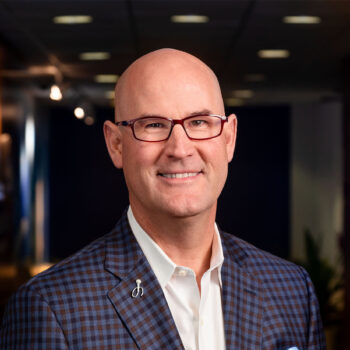
This is the book mentioned in our discussion with Stan:
Resources Mentioned:
- The Leadership Podcast | theleadershippodcast.com
- Sponsored by | www.darley.com
- Rafti Advisors. LLC | www.raftiadvisors.com
- Self-Reliant Leadership. LLC | selfreliantleadership.com
- Stan Phelps LinkedIn Stan Phelps
- Stan Phelps Twitter |@StanPhelpsPG
- Stan Phelps Instagram | @stanphelpsspeaks
- Stan Phelps Website | www.stanphelps.com/books
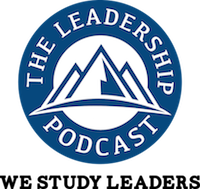
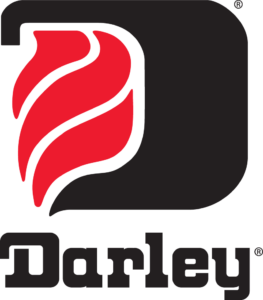

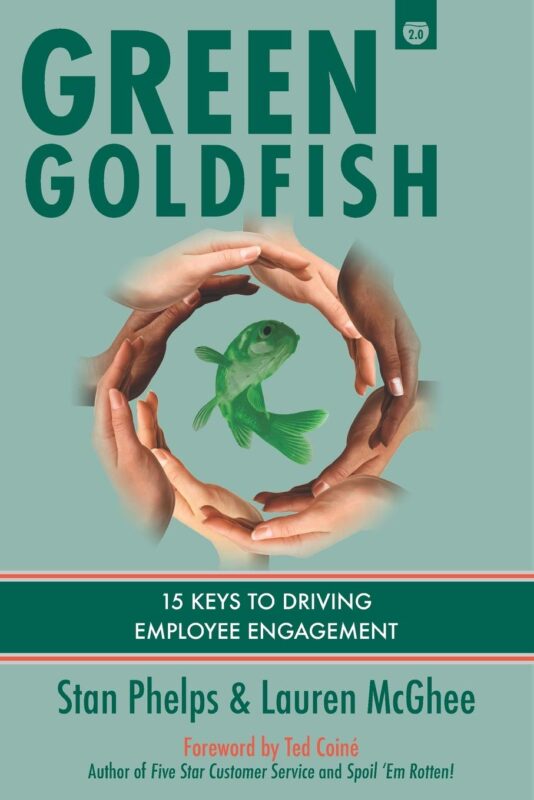

Great episode. So many great points were discussed. I am a firm believer in creating a great working environment for people who work in an organization. The first step a leader should take in creating a great environment is to get to know the people they work with. A leader should know what a person is passion about outside work. Having information of this nature enables the leader to have discussions with those they work with outside of their responsibilities at work. When a person realizes their supervisor makes time to have discussions about their lives, they feel valued. This develops a trust between the person and their supervision. The leadership of any organization needs to be cognizant of the employee experience